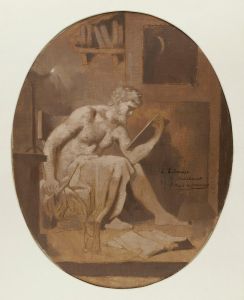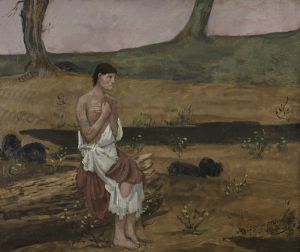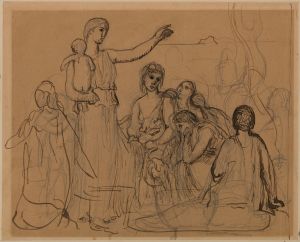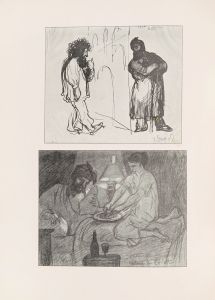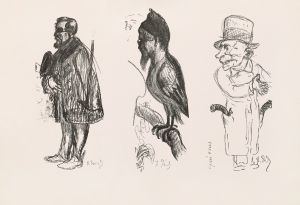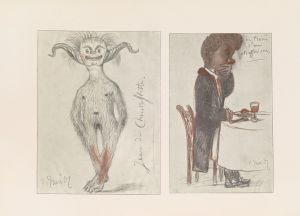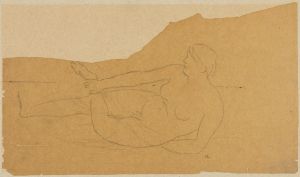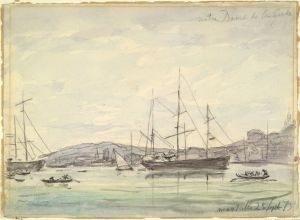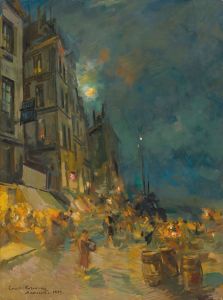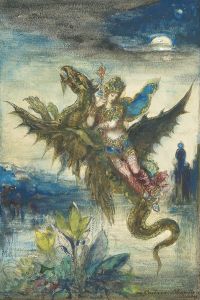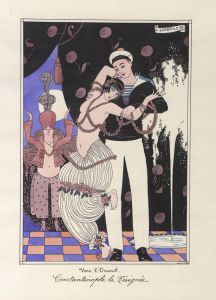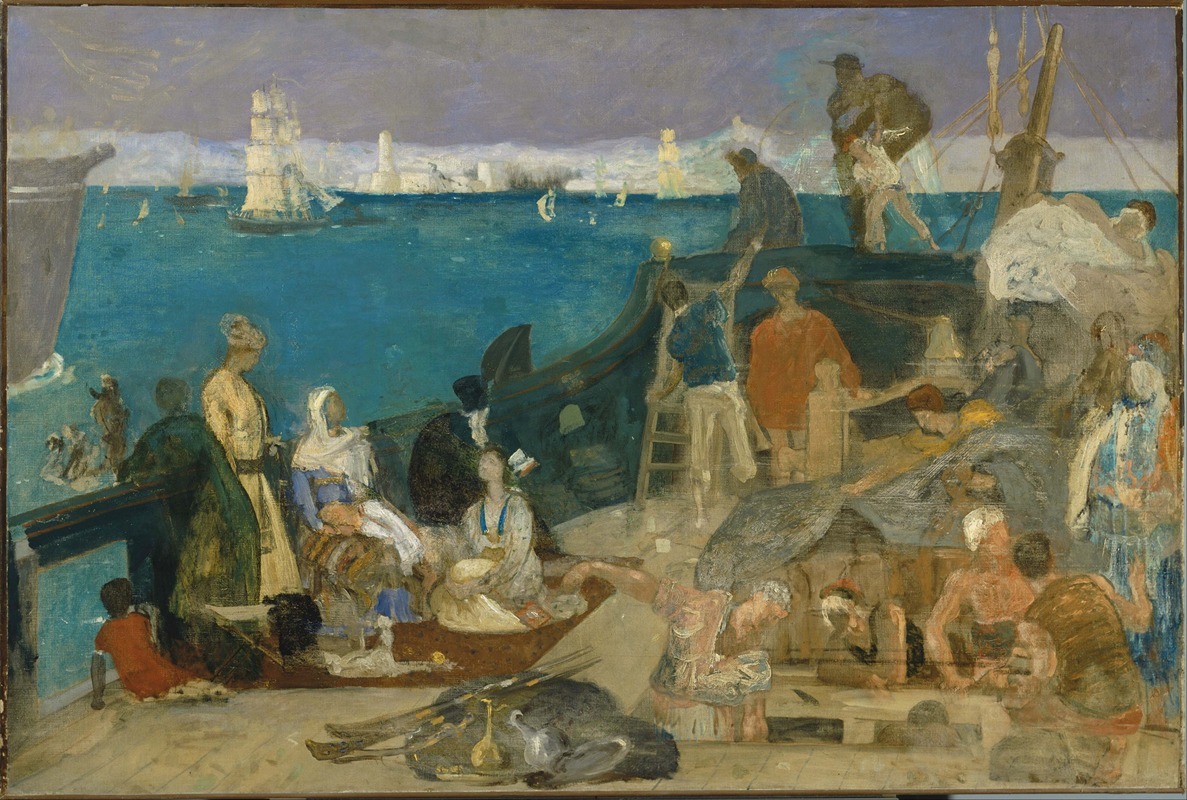
Marseilles, Gateway to the Orient
A hand-painted replica of Pierre Puvis de Chavannes’s masterpiece Marseilles, Gateway to the Orient, meticulously crafted by professional artists to capture the true essence of the original. Each piece is created with museum-quality canvas and rare mineral pigments, carefully painted by experienced artists with delicate brushstrokes and rich, layered colors to perfectly recreate the texture of the original artwork. Unlike machine-printed reproductions, this hand-painted version brings the painting to life, infused with the artist’s emotions and skill in every stroke. Whether for personal collection or home decoration, it instantly elevates the artistic atmosphere of any space.
"Marseilles, Gateway to the Orient" is a notable painting by the French artist Pierre Puvis de Chavannes, created in 1869. Puvis de Chavannes was a prominent figure in 19th-century French art, known for his distinctive style that bridged the gap between traditional academic painting and the emerging modernist movements. His work often featured allegorical themes and was characterized by its muted color palette and serene compositions.
The painting "Marseilles, Gateway to the Orient" is part of a larger series commissioned for the Palais Longchamp in Marseille, France. This series was intended to celebrate the city's history, culture, and its role as a major port and gateway to the East. The Palais Longchamp itself was constructed to commemorate the completion of the Canal de Marseille, which brought water from the Durance River to the city, and it houses the Musée des Beaux-Arts and the Muséum d'Histoire Naturelle.
In "Marseilles, Gateway to the Orient," Puvis de Chavannes presents an allegorical vision of Marseille as a thriving port city with connections to distant lands. The painting depicts a harmonious blend of figures, architecture, and landscape, reflecting the city's status as a cultural and commercial hub. The composition is marked by its calm and balanced arrangement, typical of Puvis de Chavannes' work, which often eschewed dramatic action in favor of a more contemplative and timeless quality.
The figures in the painting are rendered in a classical style, with an emphasis on idealized forms and poses. This approach reflects Puvis de Chavannes' interest in classical antiquity and his desire to convey universal themes through his art. The use of soft, muted colors and simplified forms gives the painting an ethereal quality, inviting viewers to reflect on the historical and cultural significance of Marseille as a gateway between Europe and the Orient.
Puvis de Chavannes' work was influential in the development of modern art, and his murals and paintings were admired by contemporaries and later artists alike. His ability to convey complex allegorical themes through a restrained and harmonious visual language set him apart from many of his peers. "Marseilles, Gateway to the Orient" exemplifies his unique approach to painting, combining a respect for classical traditions with a forward-looking vision that anticipated the innovations of the 20th century.
The painting remains an important part of the cultural heritage of Marseille and is a testament to the city's historical significance as a center of trade and cultural exchange. Puvis de Chavannes' work continues to be studied and appreciated for its artistic merit and its contribution to the broader narrative of art history.





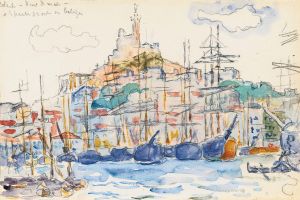
![Great gateway leading to the Temple of Karnac [Karnak], Thebes. [Title vignette, vol. 2]](/imgs/217399/s/david-roberts-great-gateway-leading-to-the-temple-of-karnac-karnak-thebes-title-vignette-vol-2-29844773.jpg)
